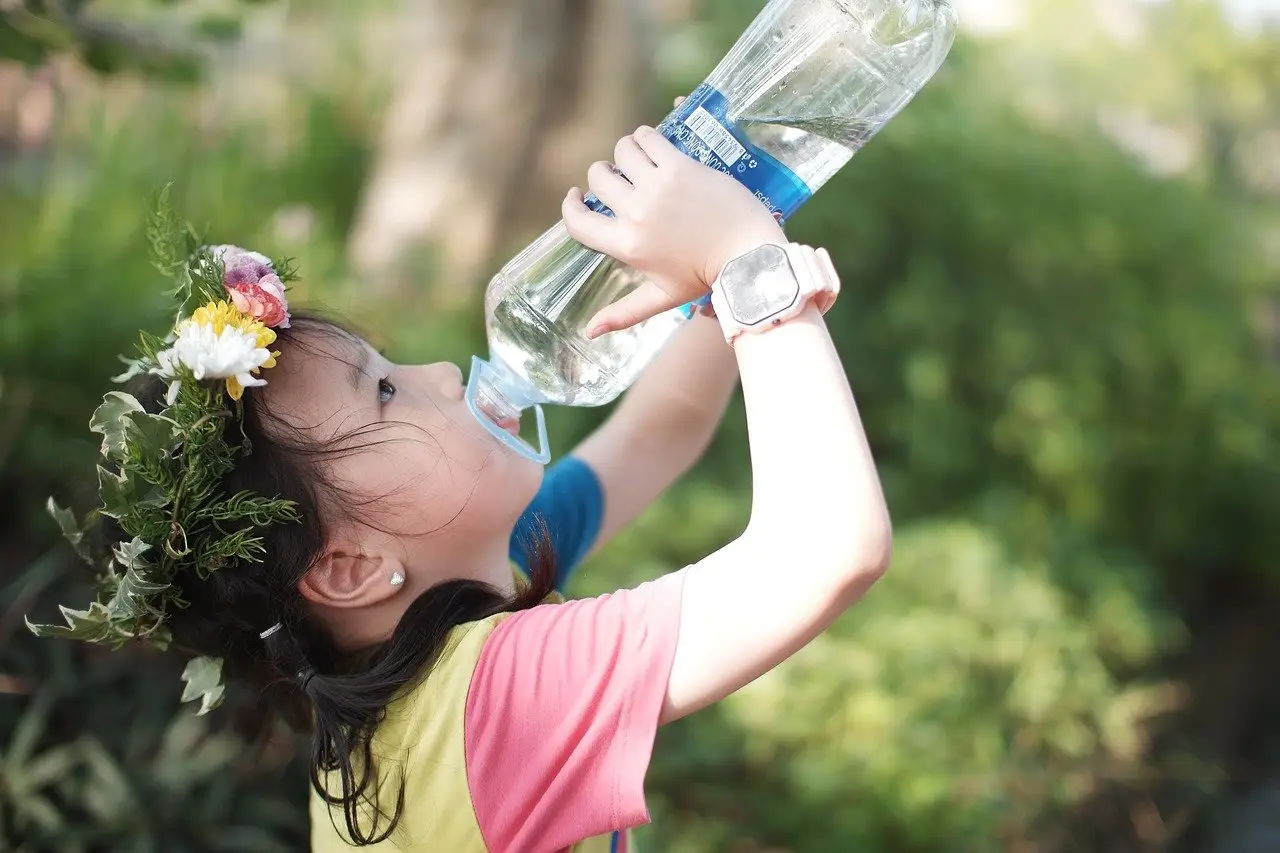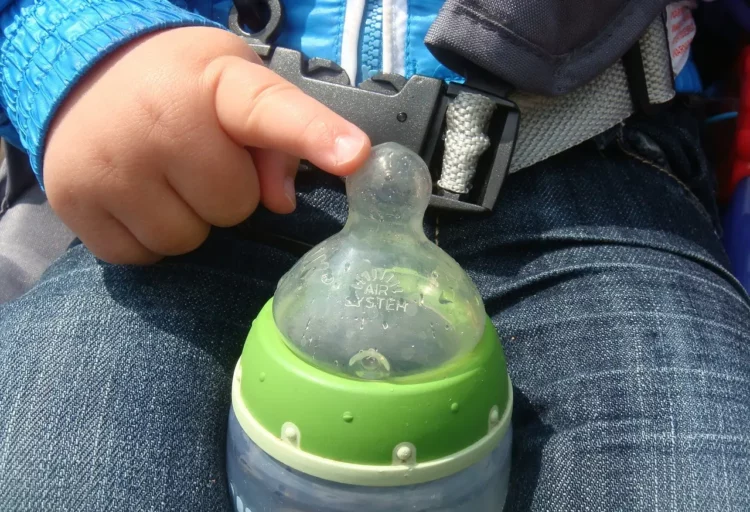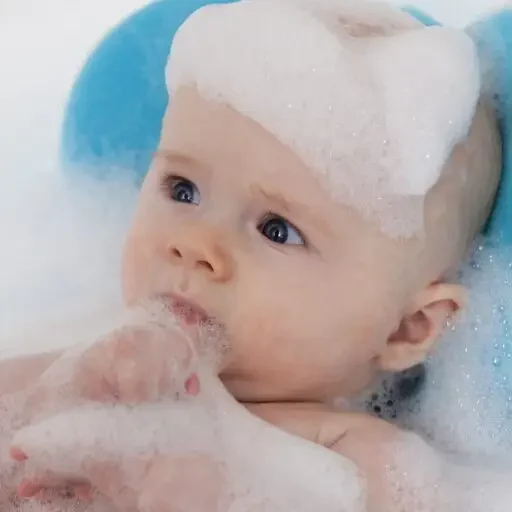In our quest for hydration and health, bottled water has become a staple. But are these bottles safe from PFAS (per- and polyfluoroalkyl substances)? These persistent chemicals, known for potential health risks, could find their way into bottled water. Let’s explore the facts.
It starts with groundwater pollution
Aquifers, which are underground layers of rock or sediment that hold groundwater, can become contaminated with PFAS (per- and polyfluoroalkyl substances) through several pathways:
- Direct Disposal and Spills: Industrial facilities, firefighting training sites, and landfills where PFAS-containing materials are disposed of or used can lead to direct contamination of groundwater. Accidental spills or leaks from storage tanks or pipelines can introduce PFAS into the soil, which can then infiltrate into aquifers.
- Land Application of Biosolids: Biosolids, which are treated sewage sludge used as fertilizer on agricultural land, can contain PFAS from human waste and industrial sources. When biosolids are applied to fields, PFAS can leach into the soil and eventually reach groundwater.
- Atmospheric Deposition: PFAS can be transported through the air and deposited onto land and water surfaces. Once deposited, they can infiltrate into the soil and subsequently reach groundwater through percolation.
- Landfills and Waste Sites: Landfills that accept PFAS-containing waste or hazardous materials can become sources of contamination if leachate (liquid that percolates through landfill waste) containing PFAS escapes containment systems and seeps into surrounding soil and groundwater.
- Firefighting Foam Discharges: Firefighting foams containing PFAS have been widely used in training exercises and firefighting emergencies. Discharges or accidental releases of these foams can lead to PFAS entering soil and groundwater, particularly in areas where firefighting activities have occurred.
Once PFAS enter aquifers, they can persist for long periods due to their chemical stability and resistance to degradation. This persistence makes PFAS a significant concern for groundwater quality and human health, as contaminated aquifers can serve as long-term sources of exposure through drinking water wells and other water extraction methods. Therefore, careful monitoring, regulation, and remediation efforts are essential to mitigate PFAS contamination and protect groundwater resources.
Manufacturing and transportation
While pollution of the groundwater is likely the main cause for PFAS contamination in bottled water, it may also occur later in the process:
- Bottle Manufacturing:
- PFAS may also enter bottled water through the materials used in bottle manufacturing, especially if the bottles are treated with PFAS-containing coatings for durability or water resistance.
- Transport and Storage:
- During transportation and storage, bottled water may come into contact with materials or environments that contain PFAS like plastic piping, potentially leading to contamination.
How to Reduce PFAS Exposure?
Take these steps if concerned about PFAS in bottled water:
- Check Testing Reports: Choose brands that publish independent testing reports showing no PFAS presence.
- Convert to tap water and filter it! Invest in certified water filters to reduce or remove PFAS, especially for tap water.
Conclusion
PFAS in bottled water isn’t fully understood, but studies suggest they can be found in some brands. Stay informed and take precautions to minimize exposure. Monitoring research and health advisories is crucial for ensuring the safest drinking water possible.
Sources:
- Consumer Reports – “How Much ‘Forever Chemical’ Is in Your Drinking Water?”
- U.S. Food and Drug Administration (FDA) – “PFAS in Food and Packaging”
- Environmental Protection Agency (EPA) – “Drinking Water Health Advisories for PFOA and PFOS”



